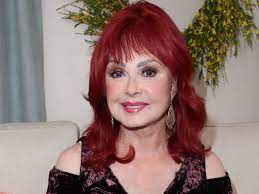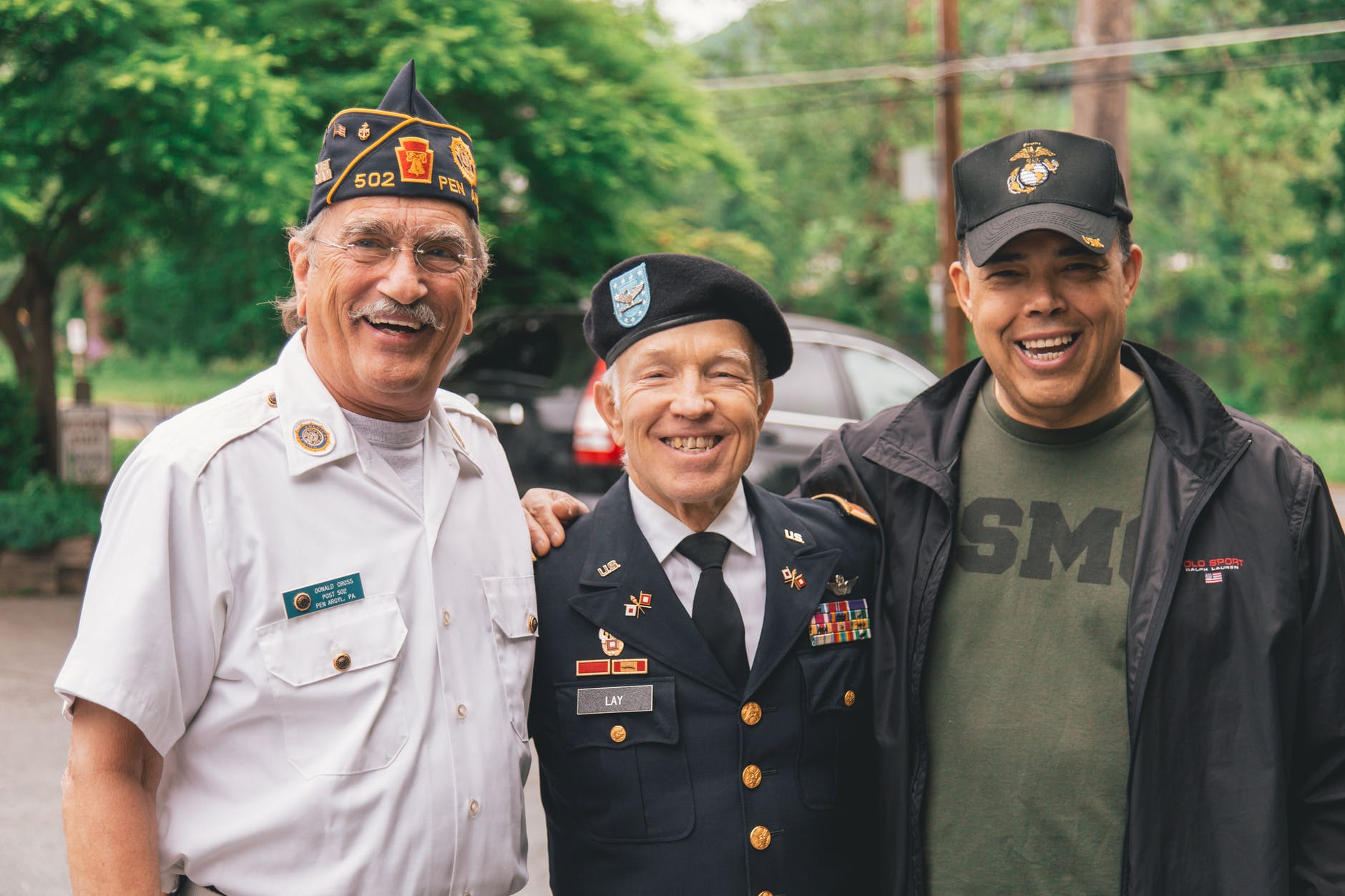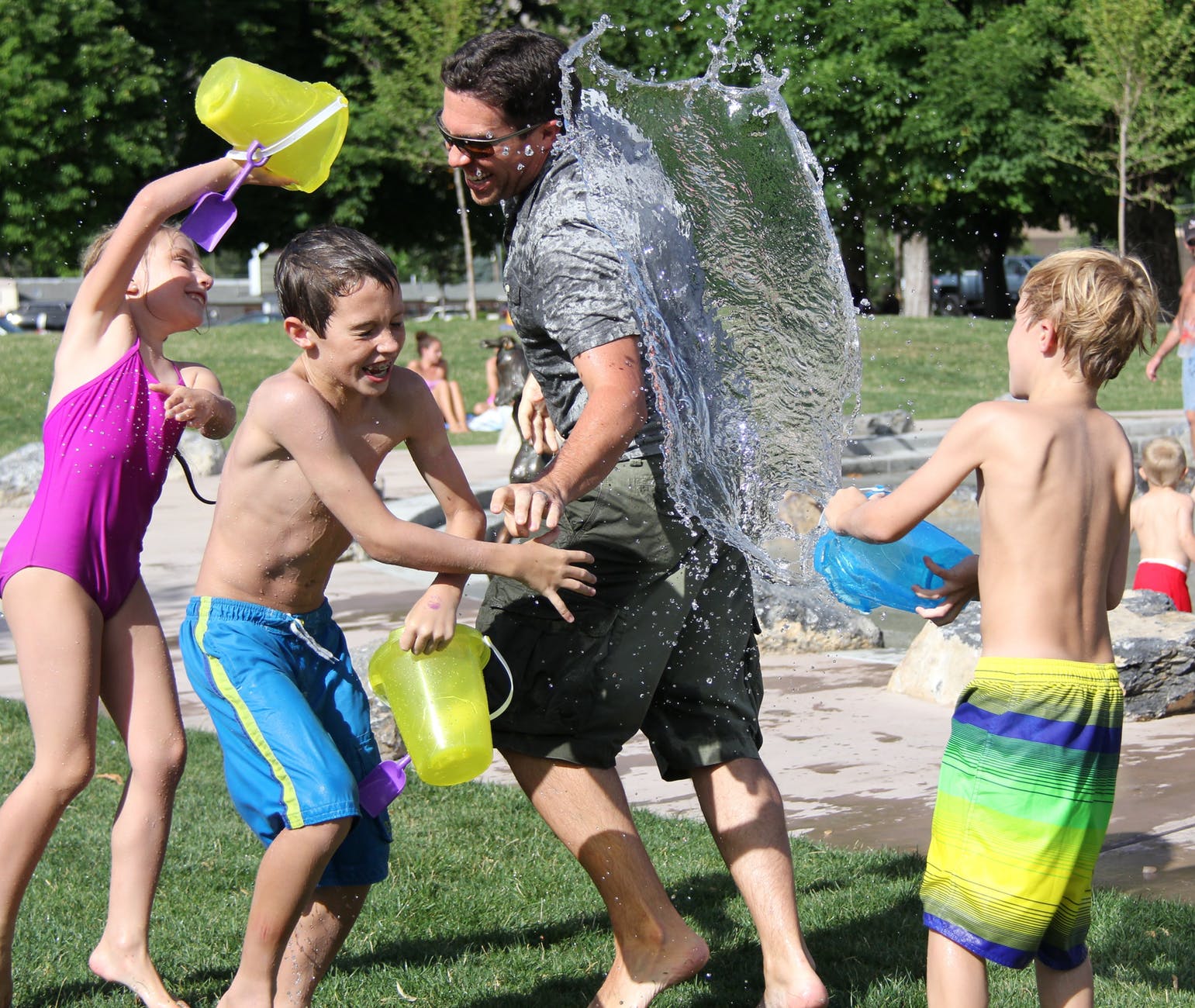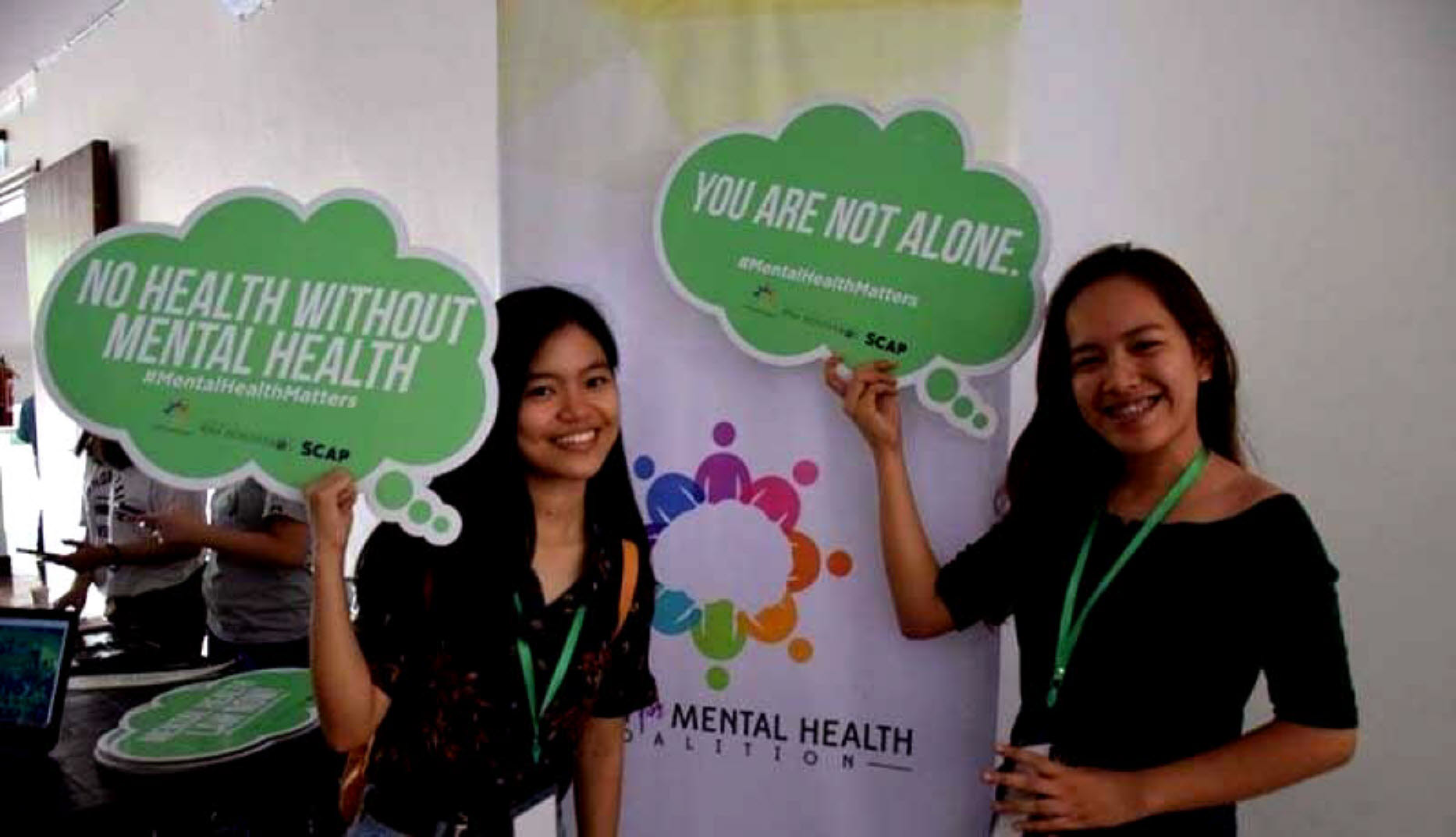
Why the symptoms are often confused, and how to avoid a misdiagnosis
Caroline Miller
What You'll Learn
- Why are symptoms of #ADHD and #trauma often confused?
- How can you tell whether #behavior and attention issues are #ADHD or #trauma?
- What is the best treatment for #PTSD in #children?
- Quick Read
- Full Article
- Signs of #trauma that can be confused with #ADHD
- How can you tell whether a #child has #ADHD or #trauma?
- #Kids can also have both #ADHD and #PTSD
- Why is it important to rule out #trauma?
- Why is #trauma often overlooked?
- Who is most at risk?
When #kids have #behavior and attention issues in #school, the first explanation that comes to mind is often #ADHD. But exposure to #trauma can also cause symptoms that look like #ADHD. And #trauma is often overlooked when #kids are misdiagnosed with #ADHD.
#Children with #ADHD can be fidgety (always getting out of their seats), distracted (not paying attention to the #teacher), and disruptive in class. #Kids who have had a traumatic experience – or repeated exposure to violence or abuse – do some of the same things. They are unusually sensitive to signs of danger or threat, which can cause them to be jumpy and unable to settle down. They may see people as out to get them, so are prone to lashing out. They may also have intrusive thoughts about traumatic events they’ve experienced, and that can make #kids look spacey and distracted.
These #behaviors can all look like symptoms of #ADHD, and #trauma may be overlooked by a clinician who’s in a hurry, or reluctant to ask #parents whether a #child has had a traumatic experience. But #kids can also have both #ADHD and #trauma. And #children with #ADHD who experience #trauma are more likely to develop #PTSD than other #kids, so should be monitored especially closely
When the effects of #trauma aren’t recognized, #kids don’t get the help they need to heal. And they are often treated as #behaviorproblems, disciplined with suspension, which makes their symptoms worse.
If a #child who has experienced #trauma is treated with stimulant medication for #ADHD, it can increase their #trauma-related #anxiety, making them more on edge. If that happens, a clinician may want to switch them to a non-stimulant medication.
When #kids are struggling with #behavior and attention issues, the first explanation that comes to mind is often #ADHD (#attentiondeficithyperactivitydisorder).
But exposure to #trauma can also cause symptoms that look like #ADHD. And #trauma can be overlooked and left untreated when #kids are misdiagnosed with #ADHD.
#Children with #ADHD can be fidgety (always getting out of their seats), distracted (not paying attention to the #teacher), and disruptive in class. #Kids who have had a traumatic experience – or repeated exposure to violence or abuse – do some of the same things, explains explains Jamie Howard, PhD, a clinical #psychologist who is a #trauma expert at the #ChildMindInstitute.
Some #children who’ve been exposed to violence or another disturbing experience develop #posttraumaticstressdisorder (#PTSD). There are also many #kids who experience repeated traumatic events in their home or community who develop these symptoms, even though they don’t meet all the criteria for #PTSD. This is sometimes called “complex #trauma,” and these #kids, too, can be misdiagnosed with #ADHD.
And to add to the confusion, #kids can also have both #ADHD and #trauma.
Signs of #trauma that can be confused with #ADHD
Symptoms of #PTSD or complex #trauma that might look like #ADHD include:
- Hyperarousal. #Children who’ve been through a #trauma, or exposed to repeated #trauma, are unusually sensitive to signs of danger or threat. “If you’re on high alert for danger — if you have all sorts of #stress hormones surging in your body — it’s going to make it hard to sit still and calmly pay attention,” explains Dr. Howard. “That can look like the hyperactivity and impulsivity of #ADHD.”
- Reliving traumatic events. #Kids exposed to #trauma may mentally re-experience traumatic events, and that can make #kids look spacey and distracted, like #kids with the inattentive type of #ADHD. “If you’re having intrusive thoughts about a traumatic event you’ve been through, you’re not attending to the present moment,” notes Dr. Howard. “You’re distracted because you’ve been through something so big that your mind can’t digest it.”
- A negative view of others. #Kids who’ve experienced #trauma have a tendency to perceive people as hostile, to assume they have negative intentions towards them. That can cause #kids to act out in ways that can look impulsive (a symptom of #ADHD) oroppositional (something #kids with #ADHD often develop). But in #kids with #trauma, it’s a response to a perceived threat. “Their fight-or-flight system has been activated and is firing even when there is no danger present,” notes Caroline Mendel, PsyD, a clinical #psychologist at the #ChildMindInstitute.
- Difficulty with executive functions. Like #kids with #ADHD, #children who’ve experienced #trauma tend to have trouble with executive functions like staying focused, planning how to complete a task, managing emotions or thinking things through before acting.
How can you tell whether a #child has #ADHD or #trauma?
The first step in distinguishing what’s causing a child’s #behavior is to consider their history — to find out if they’ve been exposed to #trauma, and the timeline of their symptoms— whether they appeared earlier or after than the #trauma. It’s also useful to find out whether there is a family history of #ADHD, Dr. Mendel notes, because #kids whose close relatives have #ADHD are more likely to have it themselves.
A clinician looking at all the symptoms a #child is exhibiting would be able to identify #behaviors of #ADHD that distinguish it from #trauma, and vice versa. For instance, notes Dr. Howard, #kids who are hyperactive and impulsive have #behaviors that don’t map with #trauma: “Interrupting, excessive talkativeness, running down the hallway.” Having a variety of hyperactive and impulsive symptoms points to #ADHD.
In the same way, #kids with #PTSD have symptoms that are not consistent with #ADHD. For instance, they experience intrusive, disturbing thoughts— not a symptom of #ADHD.
Another symptom of #PTSD is avoidance of things that remind you of the traumatic experience. As Dr. Howard puts it, “Are they avoiding going home? Getting in a car? Lingering in the hallways at #school? Especially if you know what trauma they’ve been exposed to, consider if there’s a strategic component to some of their #behaviors, because with #PTSD it’s all designed to keep you safe.” Again, this kind of avoidance does not stem from #ADHD.
#Kids can also have both #ADHD and #PTSD
Complicating the task of diagnosis, it’s also possible for #kids to have both #ADHD and #PTSD.
In fact, there is evidence that #children with #ADHD who have a disturbing experience are four times as likely to develop #PTSD than #kids without the disorder. And they’re likely to experience more severe trauma symptoms than #kids without #ADHD.
Imaging studies show that #ADHD and #PTSD are associated with similar irregularities in brain functioning, which could explain the heightened risk. And that heightened risk means that #children with #ADHD need extra attention and support in case of a traumatic experience, and should be screened for #PTSD, notes Dr. Mendel. #Kids diagnosed with #PTSD should be screened for #ADHD, too.
Why is it important to rule out #trauma?
If #trauma goes undiagnosed and a #child is treated with stimulant medication for #ADHD, in some cases the medication can increase trauma-related anxiety, making #children more hypervigilant and on edge. If a #child is known to have both #ADHD and #PTSD and stimulant medication makes them more anxious, a clinician would likely decide to switch to a non-stimulant medication.
Most important, when signs of #trauma are misdiagnosed as #ADHD, #children are unlikely to get the specific support they need to deal with the #trauma in a healthy way. Unless they get treatment that addresses the #trauma with something like trauma-focused #cognitivebehavioraltherapy (TF-CBT), their symptoms aren’t likely to improve. “#ADHD treatment is not going to help them process the #trauma,” explains Dr. Mendel. “It won’t help with their relationships with others, how they see the world, how they view themselves or their future. They’re still going to have difficulties managing the thoughts and feelings that come along with having experienced the #trauma.”
In addition, #kids who have #behaviorproblems stemming from unrecognized #PTSD tend to be stigmatized, especially if they are diagnosed with a #behaviordisorder like oppositional-defiant disorder or conduct disorder. “If a #school is seeing a #child through a #behavior lens, they’re going to be more likely to remove them from the class, to suspend them, even to call 911,” observes Dr. Mendel. “And again, that is not the supportive environment that a #child who has experienced #trauma needs to heal.”
Why is #trauma often overlooked?
If a #child is having trouble in #school, even a well-intentioned clinician may run down a quick list of the symptoms and conclude that the issues are due to undiagnosed #ADHD. And, without a more thorough evaluation, that diagnosis can seem like the simplest explanation. “#ADHD screening tools are great for identifying #children who need support,” notes Dr Mendel. “But if we rely on #ADHD checklists alone, without looking at the big picture, it may lead to misdiagnosis.”
#Parents might not see a link between the child’s #behavior and possible #trauma — or they may not feel comfortable talking about disturbing experiences the #child might have had. As a result, they may not volunteer information about it unless they’re directly asked. And a clinician might well be reluctant to ask about #trauma — which includes things like #domesticviolence, abuse and neglect — out of worry that it might damage their relationship with the family.
#James Donaldson notes:Welcome to the “next chapter” of my life… being a voice and an advocate for #mentalhealthawarenessandsuicideprevention, especially pertaining to our younger generation of students and student-athletes.Getting men to speak up and reach out for help and assistance is one of my passions. Us men need to not suffer in silence or drown our sorrows in alcohol, hang out at bars and strip joints, or get involved with drug use.Having gone through a recent bout of #depression and #suicidalthoughts myself, I realize now, that I can make a huge difference in the lives of so many by sharing my story, and by sharing various resources I come across as I work in this space. #http://bit.ly/JamesMentalHealthArticleOrder your copy of James Donaldson's latest book,#CelebratingYourGiftofLife:From The Verge of Suicide to a Life of Purpose and Joy
http://www.celebratingyourgiftoflife.com
Who is most at risk?
It’s especially critical to be alert to the possibility of misdiagnosis in communities where there is a high level of violence. “In populations where kids are exposed to a lot of community violence, there are higher rates of #ADHD diagnosis,” Dr. Howard notes. It’s possible that some of those diagnoses are missing signs of #trauma.
#Kids are also more at risk where there is poverty, whether it’s in urban or #ruralcommunities, explains Dr. Howard. “Where there’s poverty, there’s more #trauma, and usually fewer educational resources and taxed #teachers.” And #kids often hide traumatic events, lack the words to explain them, or don’t see or understand them for what they are.
Studies show that #studentsofcolor are more likely to be treated as #behaviorproblems than white #students, which can lead to misdiagnosis. “We know that BIPOC #students are more likely to be referred and suspended for disciplinary reasons than their white peers,” notes Dr. Mendel. “But there’s also a higher likelihood of them experiencing traumatic events, whether it’s #racial #trauma or another stressor, like poverty or community violence.”
That said, #trauma can happen anywhere, to any #child, and is often invisible to outsiders. “You don’t know if there’s #domesticviolence going on at home,” says Dr. Howard. “You don’t know if a child’s been in a terrible car accident.” As a clinician, she says, “You should always consider what’s happened to this #child that might be causing them to behave this way.”
That’s why, Dr. Mendel adds, a series of questions about traumatic events should be part of a standard evaluation for any #mentalhealthchallenge. If it’s standard procedure, a family might be less likely to feel singled out by questions about possible #trauma, she notes. “Asking those questions should be part of a diagnostic evaluation for any disorder. Look at the symptoms of #depression, there’s some overlap with #trauma. Look at symptoms of #anxiety, there’s overlap with #trauma. You always want to make sure that you have the full picture.”
https://standingabovethecrowd.com/?p=9762



:quality(70)/cloudfront-us-east-1.images.arcpublishing.com/mco/KN6NP4BLS5HMTIR6DPTZ5D5NQY.jpg)



